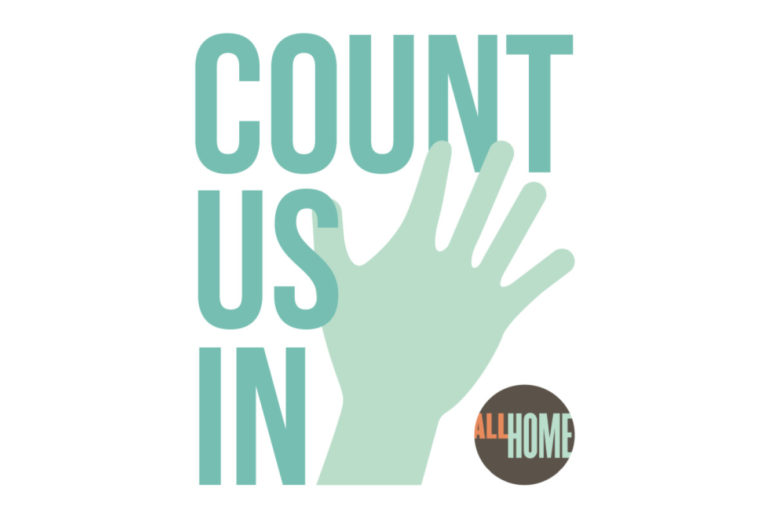For immediate release—May 3, 2019
Seattle, Wash.—According to preliminary data from King County’s 2019 annual Point In Time (PIT) Count, 1,161, or ten percent, of the total homeless population is American Indian or Alaska Native. The 2019 data show an increase from 2018 where American Indian and Alaska Native people were reported to represent only three percent of the homeless population in King County.
The change in the data may be attributed to efforts led by the Coalition to End Urban Indian Homelessness, a collaboration between service providers working with King County’s Native community including, Seattle Indian Health Board, United Indians of All Tribes Foundation, Mother Nation, Urban Indian Health Institute, and Chief Seattle Club.
The Coalition actively worked on this year’s PIT Count in partnership with All Home and other service providers from across King County to ensure inclusive data collection and reporting practice that work for Native people were included in this year’s count.
The following statement from leaders of the Coalition to End Urban Indian Homelessness can be quoted in part or in full.
“We believe that the 2019 homeless count more accurately represents our relatives who are experiencing homelessness. We are encouraged that through true community engagement and partnership we are getting closer to the true number of Native people experiencing homelessness, but we are disheartened by the grim actuality of these numbers.
The recent findings point to the stark reality that leaders and service providers in the Native community have understood to be true for years. While the study found a decrease in overall numbers, it showed a tremendous increase in the Native community highlighting the need for future efforts to focus on our Native community and other communities of color.
In the past, we have expressed concerns about gaps in the outreach and sampling methodologies used in the PIT Count because Native service providers and researchers were not consulted through the design and implementation. This contributed to inconsistent, inequitable, and culturally incompetent practices that resulted in an undercount of the American Indian and Alaska Native community.
It is important to remember that the PIT Count is only a snapshot and does not accurately reflect the whole picture of people experiencing homelessness in King County. However, this data is used throughout the year to inform funding decisions, policy and systems strategies, and shapes the narrative of the homelessness crisis in our community.
We know that culturally specific programs are part of the answer to solving homelessness for everyone. Since the City of Seattle and King County have begun funding our agencies, we have seen an increase of Native people being housed through Native providers.
Without accurate data that tells the truth about the astonishingly high rates in the Native community, the narrative is inequitable. We cannot break down barriers in the homelessness crisis without accurate information.
When Native-led organizations are part of the process, we see that the data is more accurate.”
###
Contact:
Colleen EchoHawk-Hayashi, Chief Seattle Club
colleen@chiefseattleclub.org
206-681-3714
For more information about Chief Seattle Club, click here: https://www.chiefseattleclub.org/
For more information about Seattle Indian Health Board, click here: http://www.sihb.org/
For more information about Mother Nation, click here: https://www.mothernation.org/
For more information about United Indians of All Tribes Foundation, click here: http://www.unitedindians.org/
For more information about Urban Indian Health Institute, click here: http://www.uihi.org/
